Including Cognitive Correlations
July 1 2025 Stephan EdissIncluding Cognitive Correlations
July 1 2025 Stephan EdissAS CHIROPRACTORS, WE ARE TRAINED to perform postural analysis for our patients. By doing so, we gain the ability to demonstrate inherent health vulnerabilities to the patient based on our findings.
Those vulnerabilities are usually key for biomechanical dysfunctions that can lead to lack of mobility, pain (localized and radicular), stiffness, and eventually chronic degenerative processes, such as osteoarthritis (OA) and degenerative joint disease (DJD). It helps the patient understand the importance of the evaluation and regular chiropractic care.
This is not as much an antiquated approach as it is a rudimentary approach applicable to the modern demands (or lack thereof) put on our bodies today. Finding patients who illustrate this latest paradigm is not difficult. Wherever you go, you will see people in a hunched-over position, usually on some kind of device (phone, tablet, computer, etc.) for hours on end, creating chronic posture and pain problems. This is commonly referred to as “tech neck,”
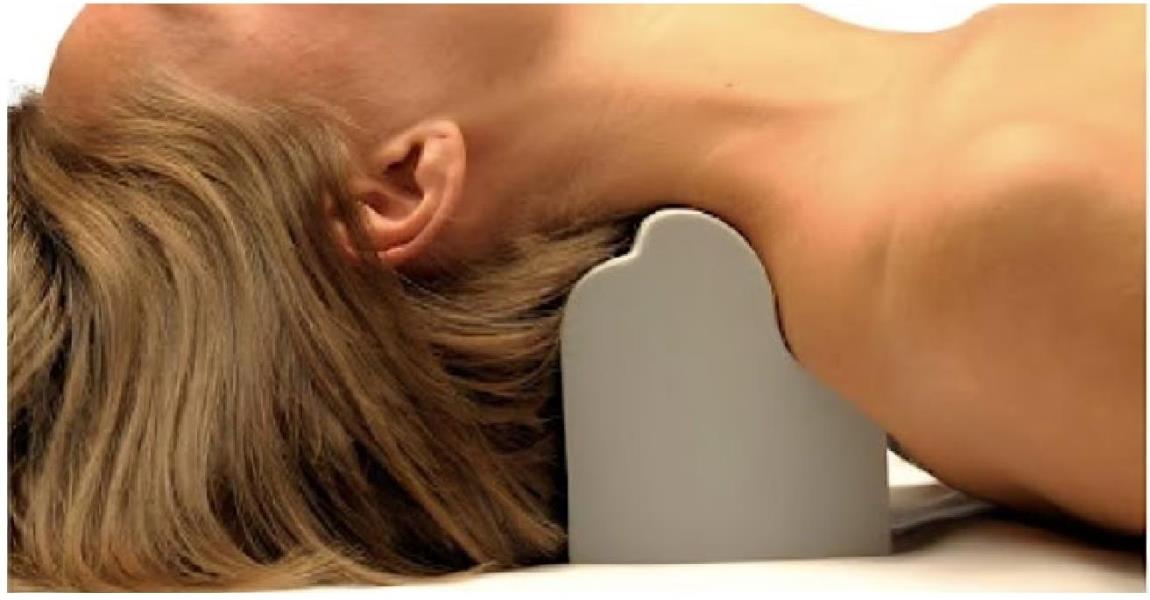 With the Denneroll, the participant “must lie on a firm surface, such as the floor, and place the peak of the Denneroll just distal to the apex of their cervical lordotic abnormality as shown on the lateral cervical X-ray.”1
With the Denneroll, the participant “must lie on a firm surface, such as the floor, and place the peak of the Denneroll just distal to the apex of their cervical lordotic abnormality as shown on the lateral cervical X-ray.”1
The physiologic process of creating tech neck is the effect of “creep” on the connective tissue structures at various spinal levels. As an example, the forward carriage of the head and flexion of the cervical spine will elongate the posterior longitudinal ligament and supraspinous ligament, while simultaneously shortening the anterior longitudinal ligament.
So, how do these health vulnerabilities (cervicalgia, headaches, low back pain [LBP], and lumbosacral radiculopathy) manifest from tech neck? Given the postural stress derived from tech neck, cervicalgia and headaches would make sense. However, LBP and lumbosacral radiculopathy seem like a stretch of the imagination unless demonstrated in clinical trials.
In a study published in the Journal of Clinical Medicine, 80 subjects, (male and female), experiencing chronic discogenic lumbosacral radiculopathy (CDLR) with a definite hypolordotic cervical spine and forward head posture were treated by using a Denneroll cervical traction device. Treatment began with three minutes per session, building to a maximum of 20 minutes per session.1
The findings demonstrated that correcting the curvature of the cervical spine had a profound, long-lasting effect on lumbosacral radiculopathy and LBP. One can argue from this study that when treating patients with LBP or lumbosacral radiculopathy, a whole-body approach to treatment can be beneficial.
The study conducted had the participants place the Denneroll at the apex of where the cervical curve should be to induce a normal cervical lordosis. For patients demonstrating tech neck symptoms and forward head carriage, I have found that having the patient lay supine over a pillow placed across the shoulders at about the T1-T3 level has provided significant relief of symptoms.
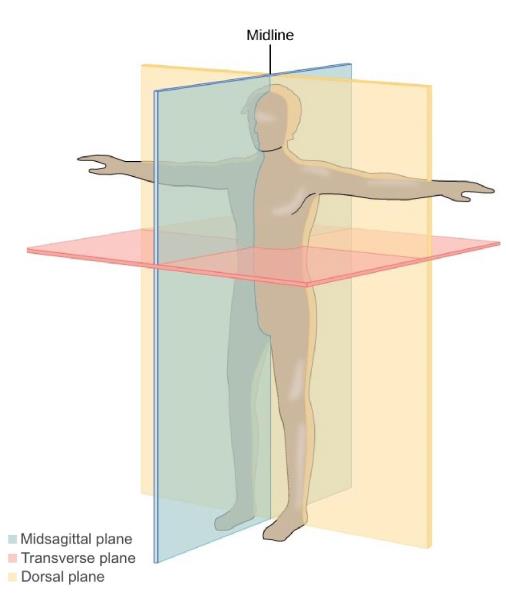 “Human and goat anatomical planes” by Daniel Naczk, licensed under CC BY-SA 3.0. The image was edited to omit the goat.
“Human and goat anatomical planes” by Daniel Naczk, licensed under CC BY-SA 3.0. The image was edited to omit the goat.
My rationale is that although reduced cervical lordosis is demonstrated on X-rays and should be addressed, the greater mechanical stress is at the C7-T3 levels, which would represent the apex of the poor posture curve, making this area the maximum mechanically loaded area of the spine. When this happens, sustained posture creep is allowed to take place, locking poor posture into place.
With the patient supine and the pillow positioned near the C7-T3 for extended periods, it can allow creep to work to the patient’s advantage. The benefits would be the reduction of a dowager’s hump and inducing greater cervical lordosis.
Postural analysis is not limited to only biomechanical issues. Based on where the plumb line falls on full-spine lateral observation, cognition concerns may be relevant. In a 2022 study published in Scientific Reports titled “Detection of Cognitive Decline by Spinal Postural Assessment in Health Exams of the General Older Population,” a sagittal vertical axis (SVA) was obtained by 411 male and female subjects ages 50 to 89.2
For a normal SVA, a plumb line of a full-spine lateral X-ray is made from the body of C7 to the posterior edge of the upper sacral endplate surface. Measuring in millimeters, SVA should be 0 mm for normal balance. Researchers reported, “The hypothesis of the current study is that diminished cognitive function is detectable by the degree of spinal balance anteriorization.”
For men, higher age with larger SVA was associated with cognitive decline. For women, higher age and SVA, along with osteoporosis and subjective fatigue, were associated with greater cognitive decline.
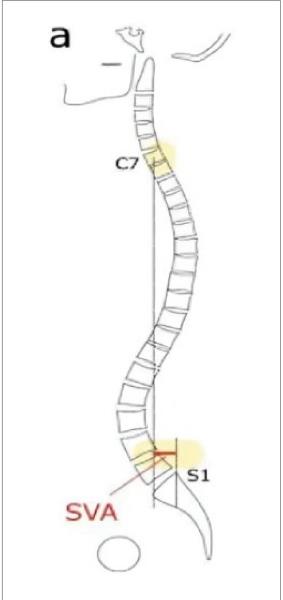 The hypothesis of the current study is that diminished cognitive function is detectable by the degree of spinal balance anteriorization.
The hypothesis of the current study is that diminished cognitive function is detectable by the degree of spinal balance anteriorization.
In this study, “the prevalence rate of cognitive decline reached more than half among participants in their 70s and over 80% in their 80s.” These numbers suggest sagittal balance assessment can be a valuable measuring tool for the cognitive health status of seniors.
Cognitive impairment may be delayed through chiropractic care with emphasis on the reduction of the patient’s SVA measurement (get the body of C7 back over the sacral base). Other cognitive impairment treatment approaches to consider should focus on mitochondrial health, aerobic activity if physically capable, maintaining the proper levels of vitamin D3 and magnesium, and essential fatty acids rich in omega-3 s and GLA (gamma-linolenic acid) to provide building blocks for the nervous system and for an anti-inflammatory effect. A diet rich in antioxidants while avoiding inflammatory foods (refined sugars, processed foods, fried foods, etc.) may also be beneficial.
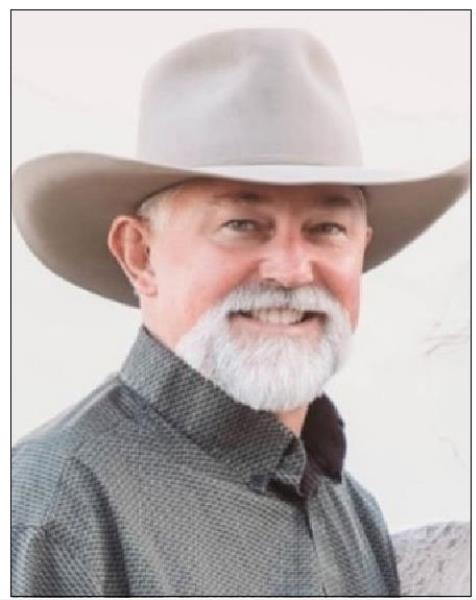
Stephan P. Ediss, D.C., P.A.K., F.I.A.C.A. has over 300 hours of certified training as a Professional Applied Kinesiologist, and has been in practice for 31 years. All his knowledge is compiled in an organized, easy to follow, step-by-step protocol resulting in amazing clinical outcomes. Call him at (307) 358-3147 or email at [email protected]
1. Moustafa IM, Diab AAM, Harrison DE. Does improvement towards a normal cervical sagittal configuration aid in the management of lumbosacral radiculopathy: a randomized controlled trial. J Clin Med. 2022 Sep 29;11(19):5768. doi: 10.3390/jcmlll95768. PMID: 36233636; PMCID: PMC9572257.
2. Nishimura H, Ikegami S, Uehara M, Takahashi J, Tokida R, Kato H. Detection of cognitive decline by spinal posture assessment in health exams of the general older population. Set Rep. 2022 May 19;12(l):8460. doi: 10.1038/s41598-02212605-7. PMID: 35589972; PMCID: PMC9120125.
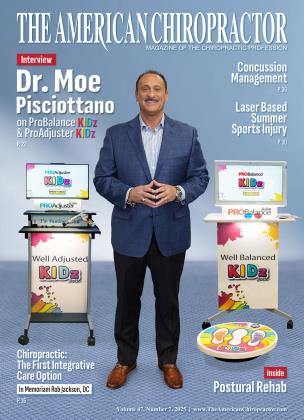 View Full Issue
View Full Issue






